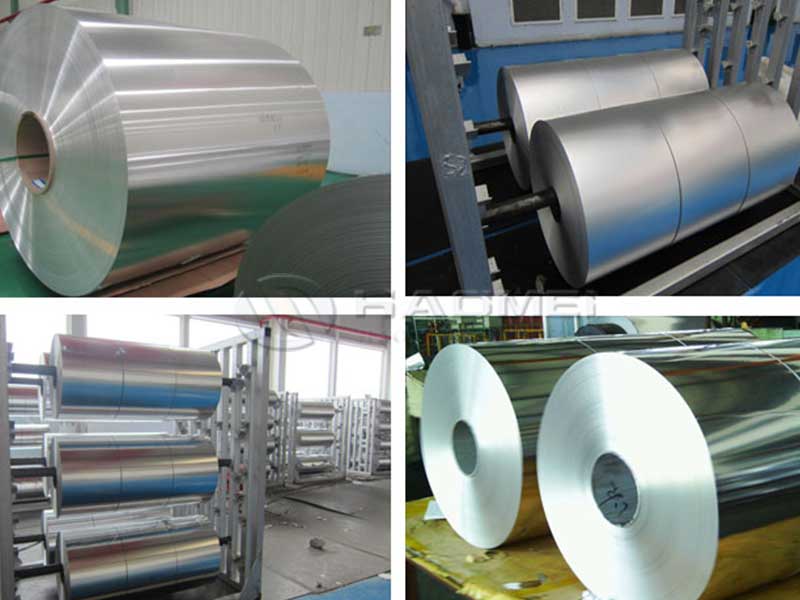In recent years, influenced by the international market, copper prices have been soaring, which makes the bus cost of copper conductor continuously increase, leading to the continuous increase of factory prices, resulting in the use of copper as a conductor to produce bus enterprises facing tremendous pressure. In this market situation, the relevant industry is trying to find substitutes, in order to ensure the same kind of production. In the case of product performance, the production cost will be reduced so that the enterprises producing buses can survive.
In order to overcome the shortcomings of high cost of existing busbar mainly made of copper conductor material, Aluminum Company has introduced a copper clad aluminium wire with inner aluminium conductor and outer copper conductor tightly coated. The copper clad aluminium wire not only retains the performance of copper conductor busbar, but also has the advantages of light weight and low cost, but the copper clad aluminium wire can only be used. As a general industrial busbar, the copper-clad aluminium busbar with general conductivity does not meet the requirements in the high-precision technical fields requiring the advantages of conductivity, such as high-precision instruments, electrical contacts of ships, conductive busbar on aircraft and so on, so its application scope is limited.
In order to overcome the shortcomings of the existing copper-clad aluminium busbar, which has general conductivity and limited application range, Aluminum Industry provides a silver plated copper clad aluminium wire, which has excellent and stable conductivity and is suitable for high precision technology fields requiring excellent conductivity.
The silver plated copper clad aluminium wire has an aluminium conductor inside and a copper conductor tightly coated outside. Its characteristics are as follows: the copper conductor is coated with silver outside. The use of copper-clad aluminium conductors can reduce the AC impedance (resistance) produced by higher harmonics. In other applications, the requirements of DC resistance of conductors are met by increasing the volume of copper in copper-clad aluminium and corresponding technological measures. AC resistance is the main basis of current carrying capacity. According to the principle of skin effect, the current passing through the bus surface per unit area is larger than that passing through the bus surface per unit area. That is to say, the current passing through the bus surface is larger than that passing through the bus surface within the same conductor area within the large cross-section conductor. To be small, it is most reasonable and economical to use different metal compositions between the inner conductor and the outer conductor of the bus. In particular, silver as a conductor is superior to copper in conductivity and stability. It is suitable for high-precision technology fields requiring excellent conductivity.







